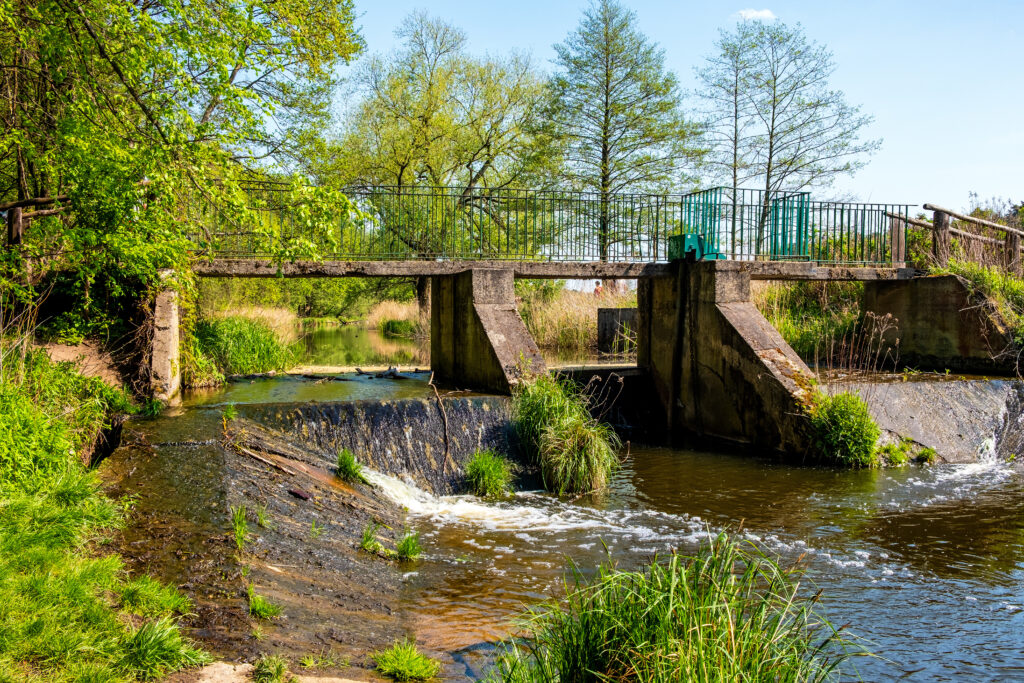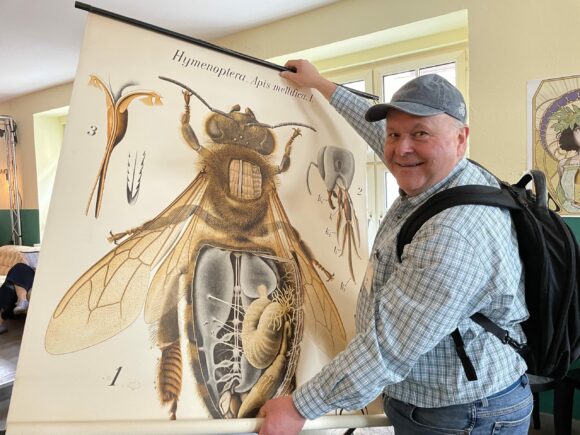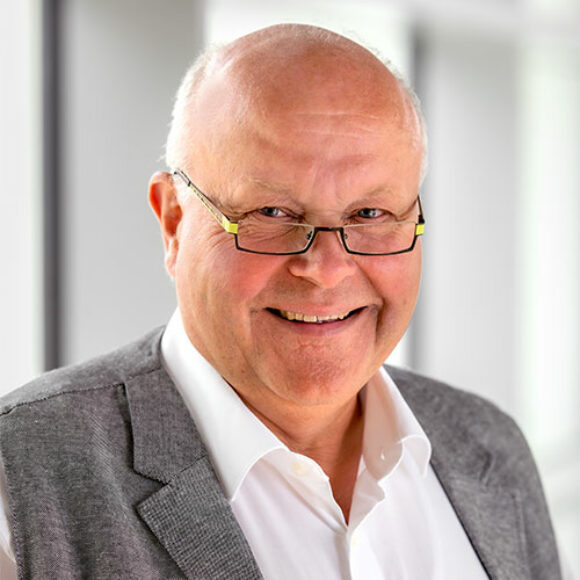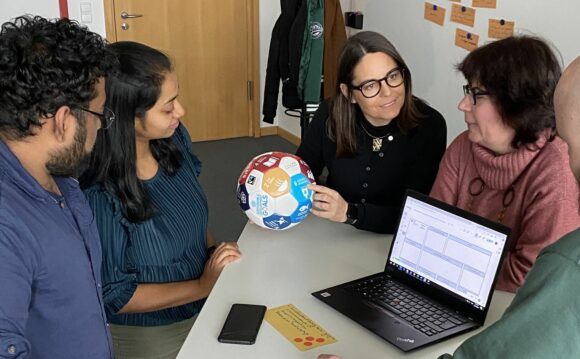Every year, 4 kg of trace substances are discharged into our waters per inhabitant. These are mainly microplastics, tire wear, varnishes, paints, etc. from consumer products, building materials, means of transport, infrastructure, agriculture and industry. Particularly relevant is pollution from direct discharge of precipitation, from wastewater discharge from sewage systems, via wastewater treatment plants, and direct input into soils. To eliminate their emission pathways, the sources of pollution must be eliminated or reduced. On 11.01.2022 the kick-off meeting for the project start of the innovation network S3Rem(Sufficient and Sustainable Remove of Anthropogenic Substances) took place at Hof University of Applied Sciences, which deals with exactly this problem.

The aim of the S³Rem network, which is funded by the German Federal Ministry of Economics and Climate Protection under the “ZIM – Zentrales Innovationsprogramm Mittelstand” program, is to develop innovative, intelligent, efficient and sustainable solutions to reduce the input of anthropogenic substances (particulate materials and dissolved trace substances) into the environment. S³Rem is not limited to emissions originating from wastewater treatment plants, but considers all relevant emission pathways responsible for the input of these substances into the environment.
Different types of pollution taken into account
The network aims to develop innovative retention technologies that not only retain particulate materials of all particle sizes, but also take into account different pollution load qualities. They must also be resilient to extreme conditions that will increase in the future, such as heavy rain events and long dry periods, which are associated with highly variable pollutant loads. Demand-based wastewater treatment should improve water quality, enable reuse, and thus counteract increasing water scarcity. Modular and easily scalable systems are particularly suitable for this purpose, for which digitization (including measurement data acquisition, data evaluation, control algorithms) also plays a central role as a controlling element. Transferable solution approaches from other specialist areas are to be taken into account here. Since development and utilization go hand in hand at S³Rem, tests of prototypes, as well as laboratory and semi-technical tests, will define the later application readiness for municipalities at an early stage. As a result, the network’s core objective of commercially successful exploitation has high prospects of success for all network partners involved.

Currently seven companies involved
With currently seven small and medium-sized companies from Germany, the above-mentioned innovative ideas are to be developed. As network manager, the research group “Water Infrastructure and Digitalization” is not only coordinator, but also innovation and exploitation advisor thanks to its interdisciplinary team.
“I am very happy about the starting shot of the innovation network S3Rem”, says the network manager Dr. Julia Frank, who finally applied for exactly this position at the Institute for Water and Energy Management (iwe) of Hof University of Applied Sciences.
One of the main tasks of network management is to set up such a network in the first place. This includes not only the communication between the network partners at network meetings, among each other or with funding agencies as well as the public relations including the development of an own identity. In addition to administrative management, the network management is also responsible for technical coordination
With the support of several professors and research group leaders, some of whom have decades of experience in water management, I look forward to the challenging task with confidence.”
Dr. Julia Frank, Network Manager

Dr. Julia Frank; Image: Hof University of Applied Sciences;
Networking on a national level – with an international outlook
In the network, the project management takes over the innovation evaluation, the project monitoring as well as support in project identification and also the application. In addition, the research group acts as an independent research partner in R&D projects that arise from the network activities, but without pursuing its own economic interests. In addition, the project management offers special coaching services on demand topics such as innovation or funding management, which are tailored to the needs of the network partners and are realized during the project duration. Particularly important in networking is also the consideration of the individual goals and needs of the small and medium-sized enterprises, the fit of the individual innovation ideas with the expectations of the funding agencies as well as the use of the implicit knowledge of the company employees. The challenge, therefore, is to meet all requirements in order to get into the grant-funded implementation of the network partners’ innovative ideas. For the first project year, the network work is limited to Germany. Here, it is important to find further network partners in order to thereby increase the innovative power of the network.
Expansion of the network desirable
Not only companies, but also other research institutions and users such as municipalities can become part of the network. If the first project year is evaluated successfully, the internationalization of S3Rem is on the agenda in order to open up new markets.







